On September 6 I led a fall shorebirding tour, which fortuitously happened to be the same day as World Shorebirds Day! I put together a brief trip report that you can read here:
| shorebirding_trip_6_september_2014.pdf |
The next Fowlerope local day tour is this SUNDAY, 21 September, and will focus on finding vagrant landbirds in the well-known coastal migrant traps in the Humboldt Bay region. We will also chase any recently reported rarities that have been recently reported. You can easily sign up through paypal on my Local Day Tour page and find more information there for this and other upcoming trips.
Below is a gallery of images from the shorebirding trip:
Below is a gallery of images from the shorebirding trip:
Happy Fall Migration!! -- Rob
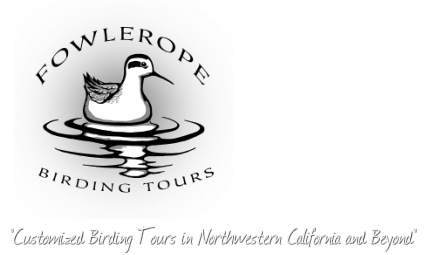
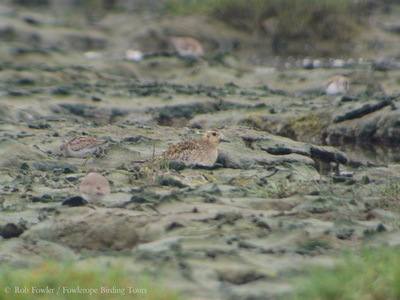
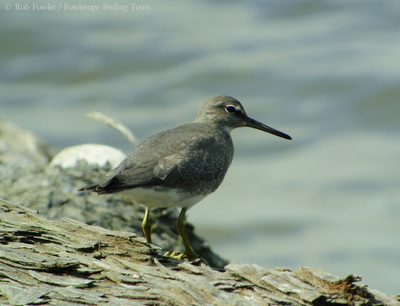
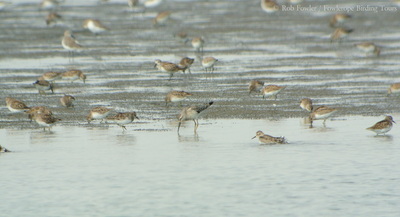
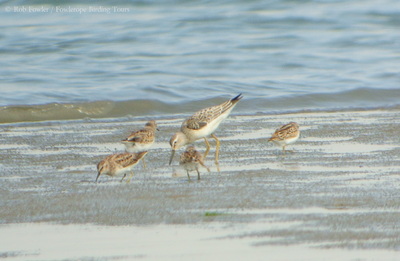
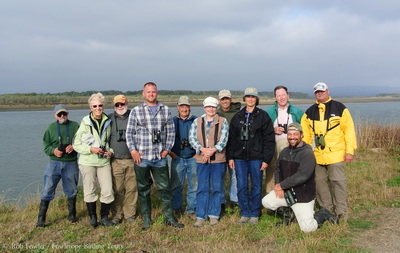
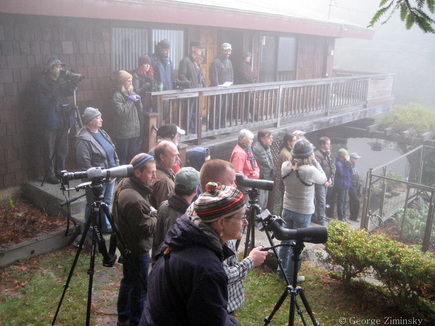
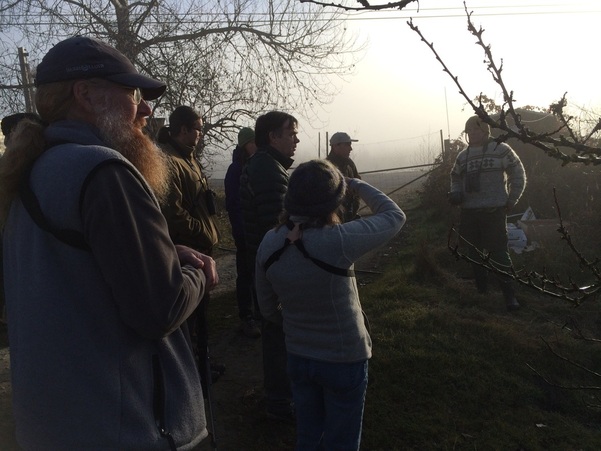
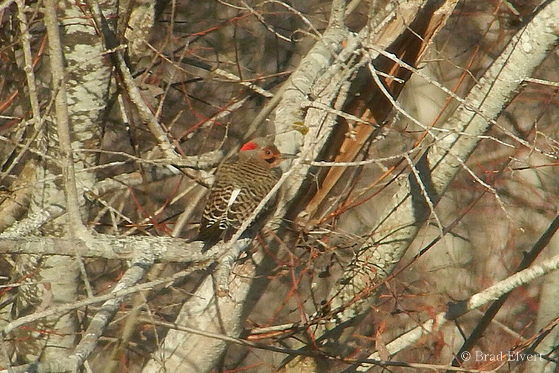
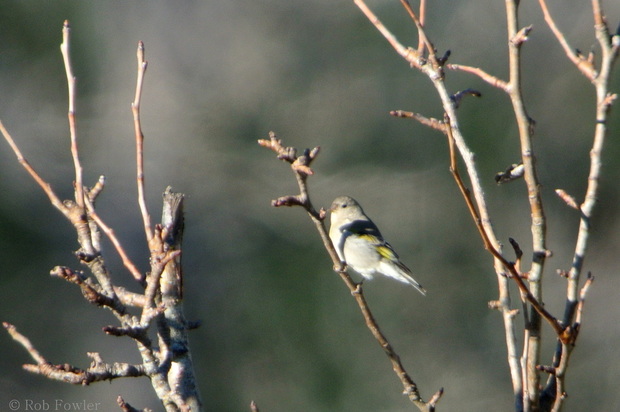
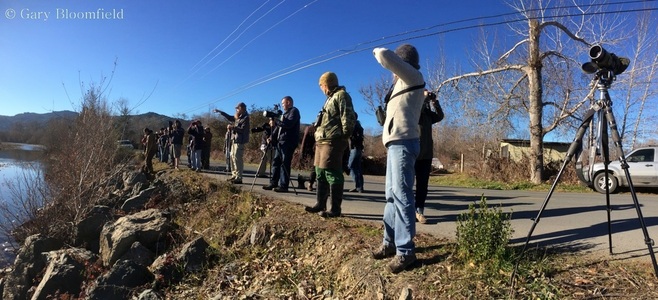
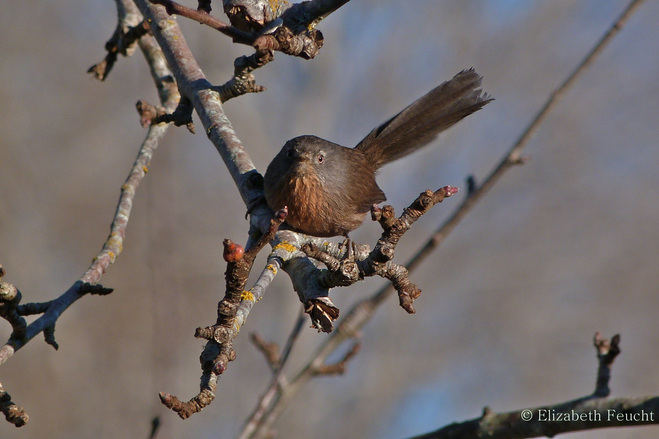

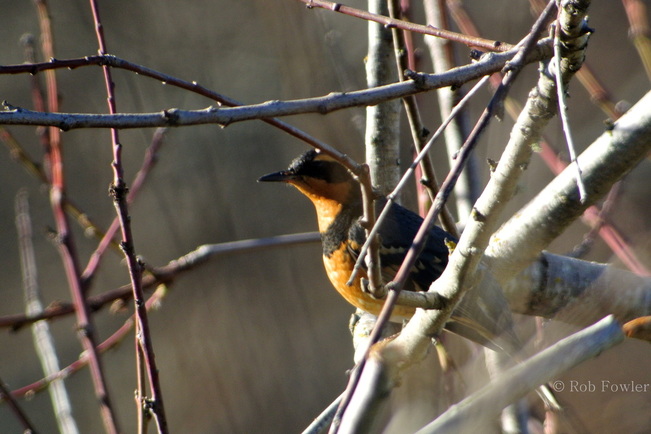
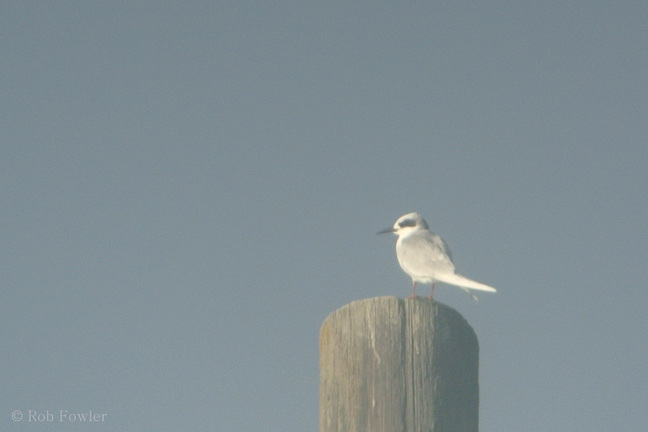
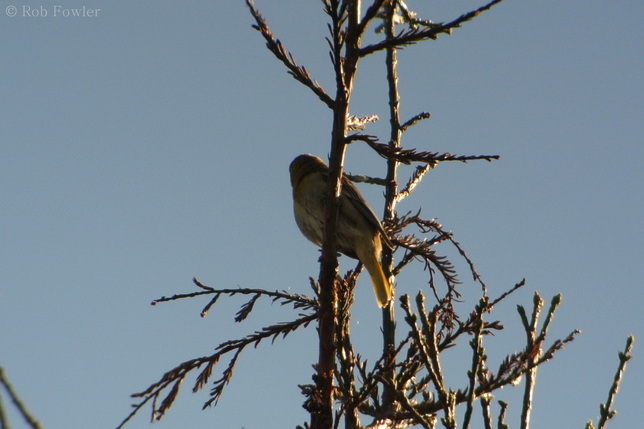
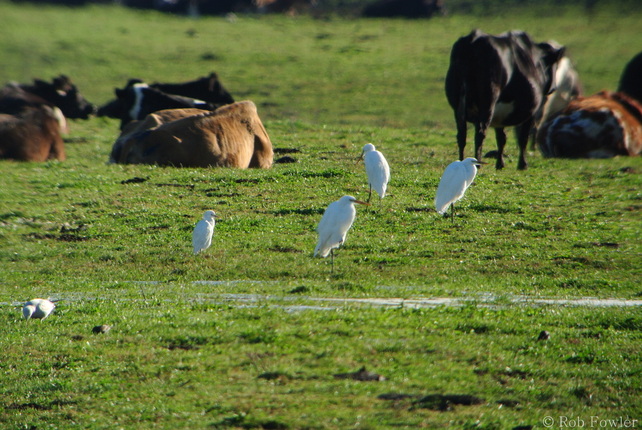

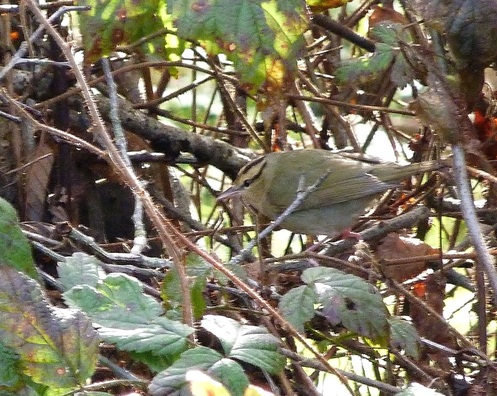

 RSS Feed
RSS Feed

